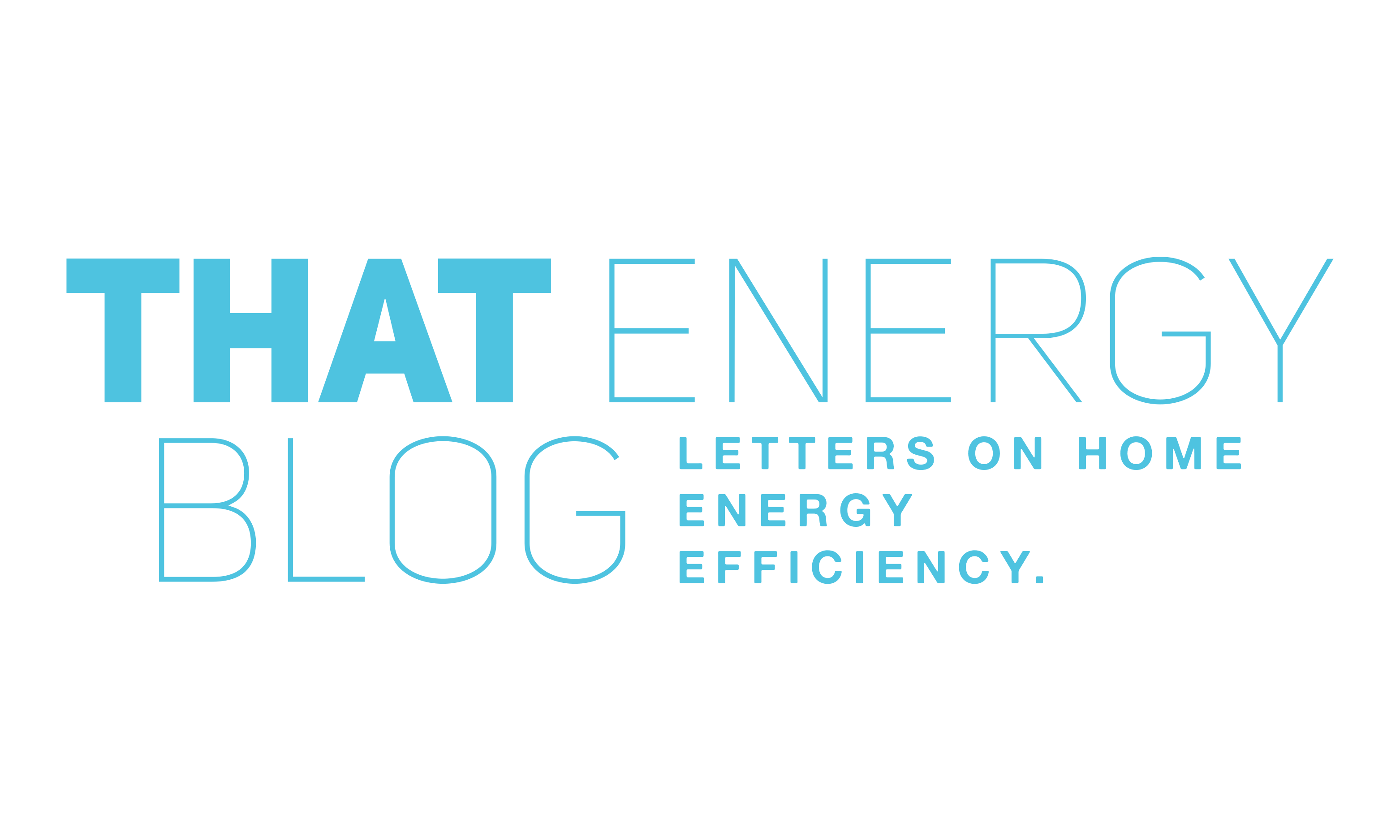As winter sets in, ensuring your home retains warmth becomes essential for comfort and energy efficiency. Natural Resources Canada's guide, "Keeping the Heat In," offers comprehensive strategies to enhance your home's insulation and reduce heat loss. Here's an overview tailored for homeowners seeking practical solutions.
Understanding Heat Loss in Homes
Heat escapes through various parts of a house, including walls, roofs, windows, doors, and floors. Identifying and addressing these areas can significantly improve energy efficiency.
Summary of Document
- Attic and Roof Insulation
- Importance: A well-insulated attic prevents heat from rising and escaping through the roof.
- Recommendation: Ensure your attic has adequate insulation. Materials like fiberglass batts or blown-in cellulose are effective.
- Wall Insulation
- Importance: Walls are a major source of heat loss.
- Recommendation: For existing homes, consider blown-in insulation for enclosed walls. For new constructions or renovations, use high-quality insulation materials during the building process.
- Windows and Doors
- Importance: Windows and doors can be significant sources of drafts and heat loss.
- Recommendation: Install ENERGY STAR® qualified windows and doors, which can reduce annual energy costs by up to 16%. Office of Energy Efficiency Additionally, use weatherstripping and caulking to seal any gaps.
- Basement and Crawl Spaces
- Importance: Basements can account for 20% to 35% of a house’s total heat loss. Office of Energy Efficiency
- Recommendation: Insulate basement walls and ensure crawl spaces are properly sealed to prevent drafts.
Additional Tips
- Seal Drafts: Use caulking and weatherstripping around windows, doors, and other openings to prevent cold air infiltration.
- Upgrade Heating Systems: Ensure your heating system is efficient and well-maintained. Consider programmable thermostats to optimize heating schedules.
- Ventilation: Proper ventilation prevents moisture buildup, which can compromise insulation effectiveness.
Benefits of Improving Home Insulation
- Energy Savings: Reducing heat loss lowers energy consumption, leading to cost savings.
- Enhanced Comfort: A well-insulated home maintains a consistent indoor temperature, increasing comfort during cold months.
- Environmental Impact: Lower energy usage reduces greenhouse gas emissions, contributing to environmental conservation.
For more detailed guidance, refer to Natural Resources Canada’s “Keeping the Heat In” manual, which provides step-by-step instructions and illustrations to assist homeowners in improving their home’s energy efficiency.
https://natural-resources.canada.ca/energy-efficiency/homes/make-your-home-more-energy-efficient/keeping-the-heat/15768
By implementing these strategies, you can create a warmer, more energy-efficient home this winter.
Feel free to reach out to us if you have any questions about the modelling or would like guidance on the best energy-efficient upgrades for your home!
P.S. The Greener Homes Grant Loan is still going strong! $40,000, zero percent, 10 years – complete energy efficiency upgrades on your home and pay later. Savings on your bill today!
Learn more: CEIP Frequently Asked Questions: https://ceip.abmunis.ca/frequently-asked-questions/
Related
Matt Ingvardsen
Related posts
Weekly Updates
* You will receive the latest news and updates on new letters.





